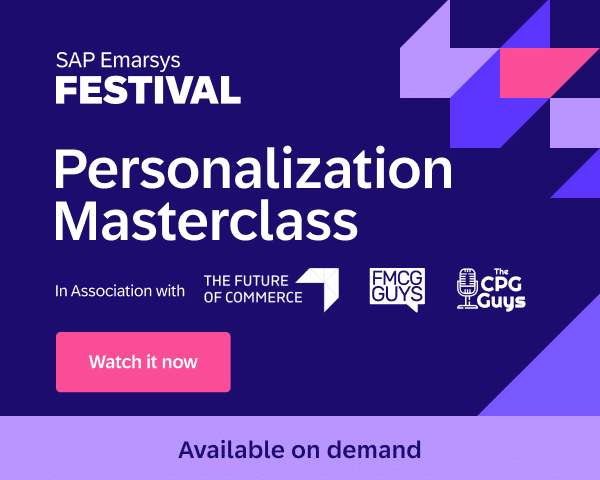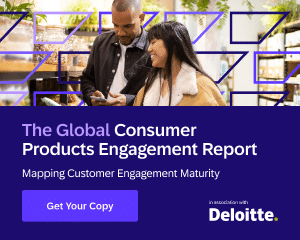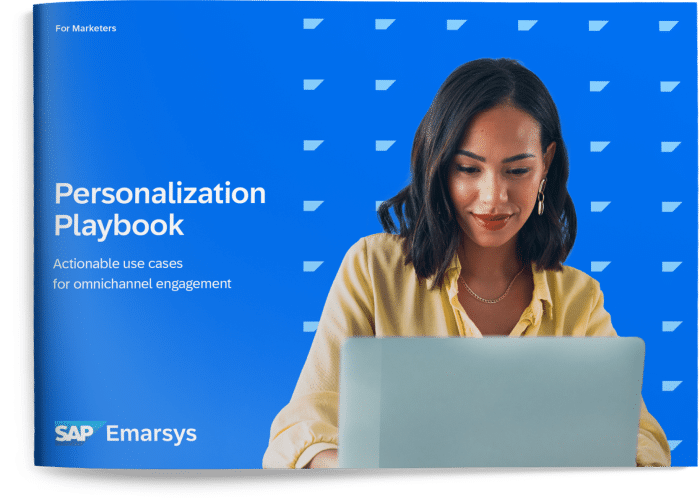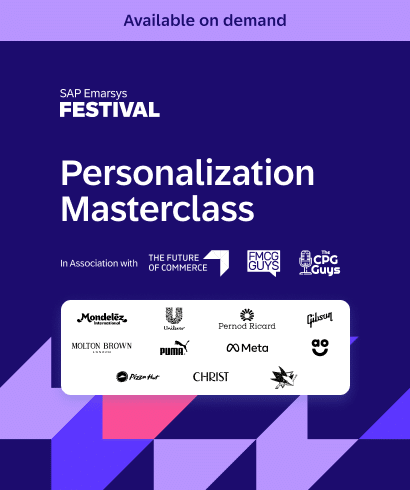Designing a loyalty program that converts one-time buyers into lifelong advocates requires a strategic approach that goes beyond transactional interactions. While every loyalty program is unique, successful campaigns share key components that ensure sustained engagement, retention, and revenue growth.
However, with mixed information online – and competitors keeping the secrets to themselves – it can be hard to know how to structure your loyalty campaign strategy.
Below, we explore the four fundamental pillars of an impactful loyalty campaign, providing actionable insights and real-world examples for each.

1. Loyalty Onboarding and Engagement
First impressions are critical in any relationship, and your loyalty program is no exception. The onboarding process serves as the first touchpoint in what could become a long-term, mutually beneficial relationship between your brand and your customers. A seamless and engaging onboarding strategy can immediately demonstrate the value of your program, encourage sign-ups, and set the stage for continued participation.
The moment a customer interacts with your loyalty program, they begin forming opinions about its value. A clear, intuitive process ensures they don’t feel overwhelmed or confused. Moreover, an effective onboarding process minimizes drop-off rates, builds trust, and creates excitement about the program. This step is your opportunity to lay the groundwork for long-term loyalty by highlighting the program’s benefits and delivering immediate value.
For instance, programs that provide an attractive sign-up incentive, such as bonus points or an exclusive discount, see significantly higher engagement rates. However, onboarding doesn’t end with sign-up; it’s equally important to keep members informed and motivated to participate.
→Use case: Loyalty sign-up
What is it: This acquisition and conversion use case encourages your new customers to join your loyalty program by highlighting its advantages and offering incentives.
Channels: Web, mobile app, email
Benefits: Drives first purchase, increases premium customer revenue, increases repeat purchase and purchase frequency.
Typical workflow:
- A new customer registers via web or mobile app
- The customer is checked against your loyalty members’ segment
- Loyalty sign-up campaigns are sent to non-loyalty members promoting your loyalty program
- Customers who join your loyalty program receive the default join reward
- Customers who don’t join are periodically sent reminders offering personalized incentives to join
we decided to really simplify the program and structure it based on three levels, which look back at your previous 12 months spend. And this is actually a really unique feature that the SAP Emarsys platform offered. This means you're still rewarded from previous shopping, and our existing customers didn't have to start from scratch.
2. Loyalty Tier Management
Motivating loyalty members to stay engaged over time requires more than just discounts and points—it requires a sense of achievement and progression. Tiered loyalty systems bring gamification into the mix, encouraging members to reach higher levels of the program by offering enticing, exclusive rewards. By giving customers something to aspire to, you can create a dynamic and interactive experience that keeps them invested in your brand.
Why Loyalty Tiers Work
Tiered loyalty systems tap into intrinsic motivators like achievement, exclusivity, and status. By breaking down the customer journey into measurable milestones, these programs create a sense of progress and reward loyalty over time. Members are incentivized to spend more, interact with your brand frequently, and reach the next tier to unlock premium benefits.
→Use case: Upgrade to a higher loyalty tier
What is it: This use case increases customer engagement with your loyalty program and drives customers to continue moving forward.
Channels: Web, mobile app, email
Benefits:
- Drive purchase frequency
- Increase active customer revenue
- Increase premium customer revenue
Typical workflow:
- A customer’s loyalty points are tracked, and when they meet the criteria for a higher tier, they qualify for an upgrade.
- The customer is automatically added to the loyalty tier upgrade segment.
- A campaign is triggered (via email, SMS, or push) congratulating the customer on their upgrade and highlighting the new benefits of their higher tier.
- Customers are encouraged to take advantage of exclusive rewards and benefits tied to their new tier.
- Periodic reminders are sent if the customer hasn’t engaged with their new tier perks.
→Use case: Close to next tier
What is it: This use case targets members who are close to upgrading to the next loyalty tier and incentivises them with personalized offers to earn more points and upgrade their status.
Channels: Email, SMS, mobile app
Benefits:
- Drive purchase frequency
- Increase active customer revenue
- Increase premium customer revenue
Typical workflow:
- Loyalty members who are nearing the points threshold for the next loyalty tier are identified and added to the segment.
- A campaign triggers informing the member how close they are to reaching the next tier and highlighting the benefits of upgrading.
- Personalized offers or suggestions are provided to encourage the final points accumulation
- Reminders are sent if the customer hasn’t reached the next tier
- Once the tier is reached, the member is congratulated and introduced to their new benefits.
3. Retention and Activation
No matter how effective your loyalty program is, customers will occasionally drift away. Whether due to changing preferences, life circumstances, or competitive offers, even the most loyal members may become less active over time.
Retention and activation strategies focus on reigniting engagement, minimizing churn, and ensuring your customers stay connected to your brand. By implementing thoughtful and targeted tactics, you can bring inactive members back into the fold and keep your loyalty program thriving.
Some key use cases for driving retention and activation with your loyalty program include:
→Use case: Refer a friend
What is it: This use case increases loyalty program engagement by rewarding loyalty members with points or vouchers if they successfully refer a friend.
Channels: Email, SMS
Benefits:
- Grow contact database
- Drive first purchase
- Increase active customer revenue
- Increase premium customer revenue
- Drive second purchase
Typical workflow:
- Loyalty members receive an email, SMS, or in-app message explaining how to share referral links or codes.
- Members who refer friends are offered rewards upon successful referrals.
- A campaign is triggered to both the referring member and the referred friend, promoting the loyalty program benefits and rewards for joining.
- The referred friend receives an exclusive offer or incentive to sign up for the loyalty program.
- Follow-up messages are sent to both parties if the referred friend doesn’t sign up, encouraging action to unlock the rewards.
→Use case: Loyalty points about to expire
What is it: A tried and true tactic for increasing customer engagement with the loyalty program by using a sense of urgency to encourage customers to redeem their points for rewards before they expire.
Channels: Web, mobile app, email
Benefits:
- Reduce customer churn
- Drive purchase frequency
- Drive web traffic
- Increase retention
- Win back inactive customers
- Win back defecting customers
- Increase active customer revenue
- Increase premium customer revenue
Typical workflow:
- Customers with points approaching expiration are identified based on a set timeframe (e.g., 30 days before expiry).
- These customers are added to the loyalty points expiration segment.
- A campaign is triggered (via email, SMS, or push) reminding customers to use their points before they expire.
- Personalized offers or product suggestions are included to encourage point redemption.
- Follow-up reminders are sent closer to the expiration date to create urgency if the points remain unused.
4. Data Enhancement
Personalization is the backbone of a successful loyalty program, and it starts with data. A well-rounded loyalty program depends on accurate and actionable customer information to deliver the right message, at the right time, through the right channel.
However, data doesn’t just appear—you need to actively encourage members to provide it. By incentivizing profile updates and continuously refining your customer database, you can unlock the full potential of your loyalty campaigns.
Let’s take a look at the impact enhancing your loyalty member data can have:
→Use case: Enhance loyalty member data
What is it: This use case allows you to acquire more information from loyalty members in order to improve personalization and future product recommendations.
Channels: Web, mobile app, email
Benefits:
- Drive purchase frequency
- Increase active customer revenue
- Increase premium customer revenue
Typical workflow:
- Loyalty customers with incomplete or outdated profiles are identified and added to a segment.
- A campaign is triggered (via email, SMS, or in-app) requesting additional profile information (e.g., preferences, birthday, interests).
- Incentives, such as bonus points or exclusive offers, are provided to encourage customers to update their profiles.
- Follow-up reminders are sent if customers don’t complete the profile update after the initial request.
- Updated data is used to further personalize future marketing efforts and loyalty offers.







